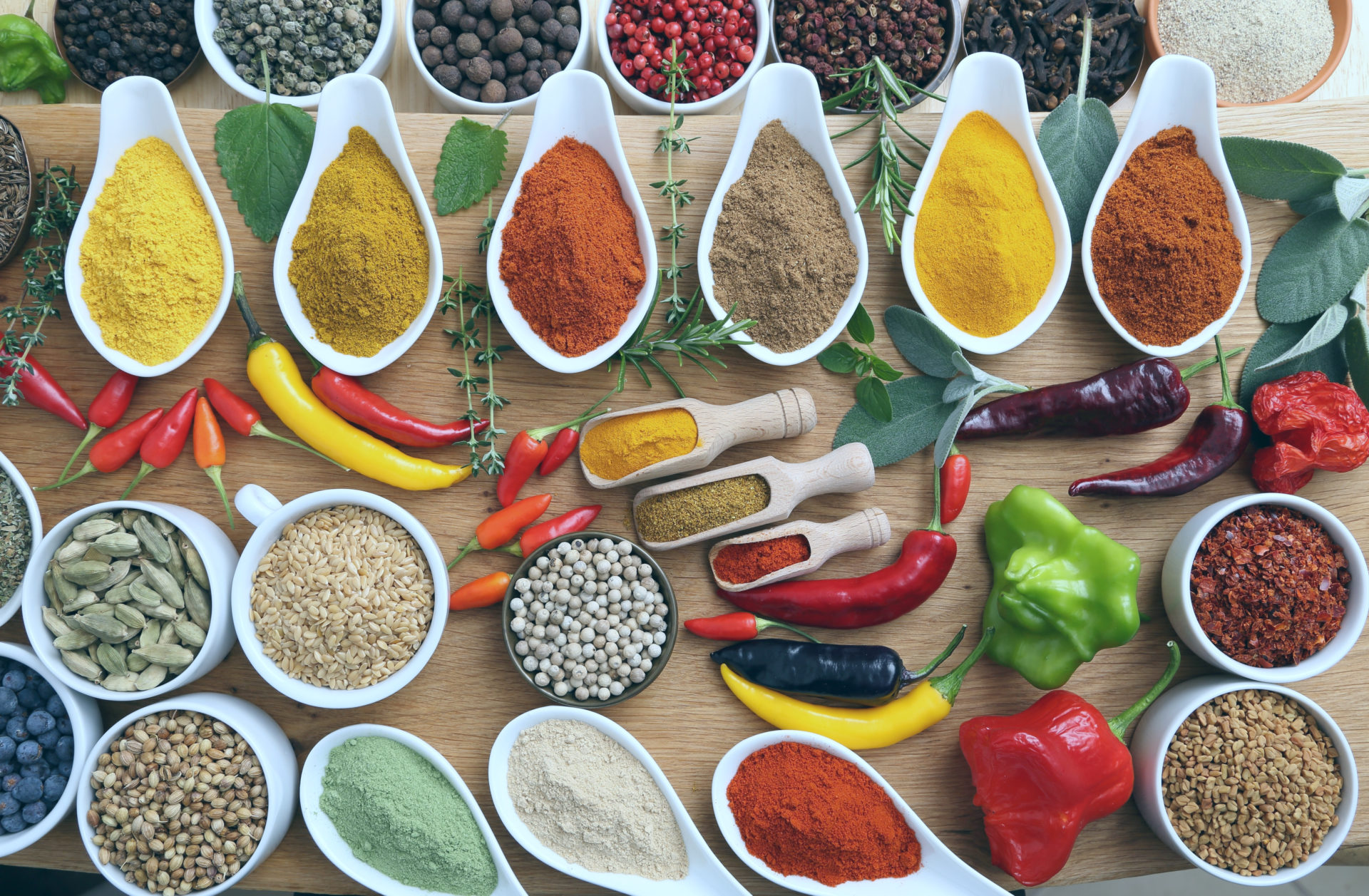
The Scoop on Scary Food Additives
From sodium nitrate to high fructose corn syrup, there’s a lot of nasty, scary food additives out there that should be avoided. But there’s also a lot of misinformation, too.
It’s good to be aware of and know the facts of the common food additives and preservatives we come across on a daily basis. Some are quite serious, leaving you wondering why it still exists. Others still are floating in limbo with no real research or verdict.
The bottom line, however, is to consume in moderation and be alert to how each of our bodies responds.
Here’s the scoop on those scary food additives:
Sodium Nitrate
While nitrate is natural, high levels of this food additive have Some studies have shown that this additive has caused pancreatic cancer and colorectal cancer and various other health problems like heart disease.
Nitrate is all-in-all a natural substance, but it’s not meant to be consumed on such high levels lie that in certain processed foods.
Avoid: Processed meats, cured deli meats, and non-organic foods that use synthetic nitrogen fertilizers,
Trans Fats
Trans fats were created to extend the shelf life of our food. Sadly, consuming trans fats has been proven to also increase the risk of heart disease, as well as Type 2 diabetes. In some cases, it can even lead to a stroke.
Avoid: Foods with “trans fats” and “partially hydrogenated oils”
Monosodium Glutamate (MSG)
With a reputation for causing “Chinese Restaurant Syndrome,” MSG is associated with headaches, and even chest pain and numbness. While evidence of its dangers is limited and has even been declared safe by the FDA, it’s safer to limit your consumption of foods with the MSG additive.
Avoid: Fast food, canned vegetables, and processed or deli meats.
High Fructose Corn Syrup (HFCS)
A cheap sugar alternative, food manufacturers have found this a profitable solution. Sadly, it’s still found in a lot of our processed food and beverages, and has been found to lead to obesity and even Type 2 diabetes.
However, some argue HFCS’s side effects are no different than natural sugar, which makes it hard to pinpoint conclusive evidence.
Avoid: If you want to play it safe, avoid foods with high fructose corn syrup. But limit your sugar consumption as a whole.
Food Dyes and Food Colorings
Artificial food dyes make our food and drinks appear delicious, but are actually petroleum-based synthetic chemicals.
Accounting for 90% of food dyes, the top 3 food dyes to avoid are Red 40, Yellow 5, and Yellow 6. Why?
- Red 40 – Found in everything from drinks to desserts to pet food, Red 40 is a carcinogen, linked to cancer and hyperactivity in children.
- Yellow 5 (Tartrazine and E102) – Found in desserts, candies, and baked goods, Yellow 5 has been known to cause ADHD, aggression, and insomnia. And can even affect asthma, allergies, and thyroid issues.
- Yellow 6 – Found in baked goods, beverages, and sausages, Yellow 6 may cause thyroid and kidney tumors.
Avoid: Stay away from these common dyes and reach for all-natural dyes instead.
Butylated Hydroxyanisole (BHA) & Butylated Hydroxytoluene (BHT)
BHA and BHT are petroleum-based synthetics used to make our food help our food look appealing by using synthetic antioxidants, which act as preservatives to maintain colors and flavors.
However, they have been found to have neurological effects, which include altering behavior. They’re also cancer-causing carcinogens, as they are oxidants that can create reactive compounds.
Avoiding Food Additives
Avoiding these food additives doesn’t have to be difficult. You don’t have to spend hours at the grocery store inspecting every single label if you follow general rules of buying fresh, organic produce (or frozen, if you can’t find seasonal fruits or veggies), and cutting back on precooked and processed foods.
Resources:
Briseis Aschebrook-Kilfoy, Amanda J. Cross, Rachael Z. Stolzenberg-Solomon, Arthur Schatzkin, Albert R. Hollenbeck, Rashmi Sinha, Mary H. Ward, Pancreatic Cancer and Exposure to Dietary Nitrate and Nitrite in the NIH-AARP Diet and Health Study, American Journal of Epidemiology, Volume 174, Issue 3, 1 August 2011, Pages 305–315, https://doi.org/10.1093/aje/kwr092
https://www.heart.org/en/healthy-living/healthy-eating/eat-smart/fats/trans-fat


